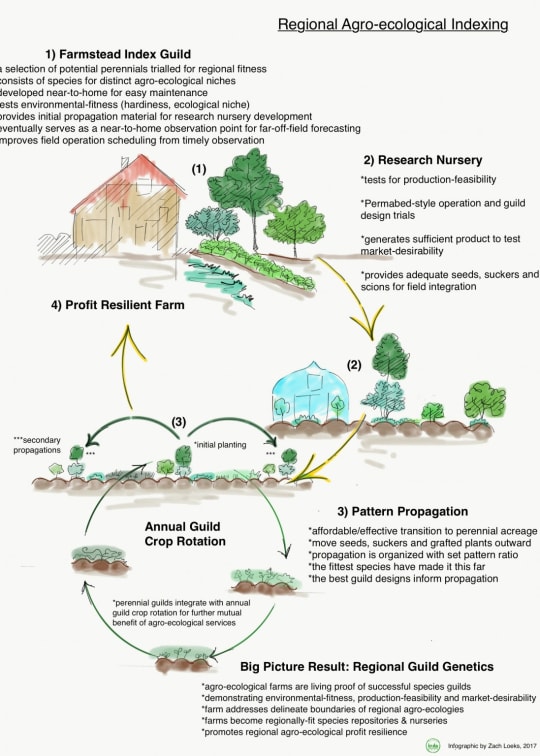Permaculture Techniques
At a glance..
You are very likely to do more zone one planning than anything else. If your architects are half way capable, and often they are not, what you have is a set up something like this. This pamphlet should give you the techniques you need for a successful permaculture.
The details..
"Permaculture Techniques" by Bill Mollison is an informative guide that offers readers valuable insights into how to plan their gardens efficiently. The book emphasizes the importance of focusing on Zone One, which includes areas closest to one's home or living quarters. By doing so, gardeners can maximize yields while minimizing effort and resources.
The author shares his expertise on planting common herbs like parsley, chives, garlic, tarragon, thyme, rosemary and sage along with mint and dill throughout the garden as well as trellising peas and beans. He also suggests growing crops like lettuce, cabbage broccoli zucchini squash celery tomatoes New Zealand spinach radishes carrots onions parsnips cabbages nasturtiums scarlet runner beans Jerusalem artichokes corn winter keeping squashes among others based on their specific requirements.
Mollison advises against deviating too much from the standard house setup where mud room pantry kitchen living room bedrooms are arranged in a particular manner for functional efficiency but encourages playing around with ins outs jogs extensions screens trellises etcetera within this framework. Additionally he recommends using pots for bell peppers pruning them before bringing indoors over winters then placing them back outside during springtime resulting in big strong plants lasting up to five years!
For those dealing with small spaces it may be worth setting up straw-boxes containing potatoes board up an area scatter some seaweed or straw set potatoes 9
add ashes fill box with more straw let client pick potatoes from top push down any greens keep ticking all year long! Overall Permaculture Techniques is a must-read resource for anyone interested in maximizing yield while minimizing effort through sustainable permacultural practices.
